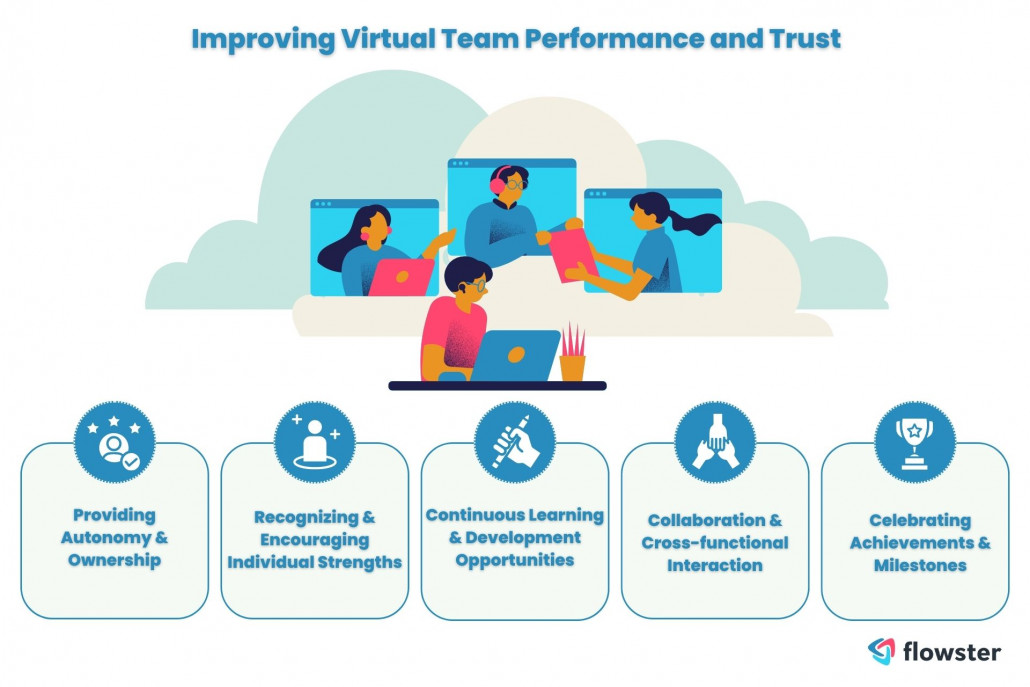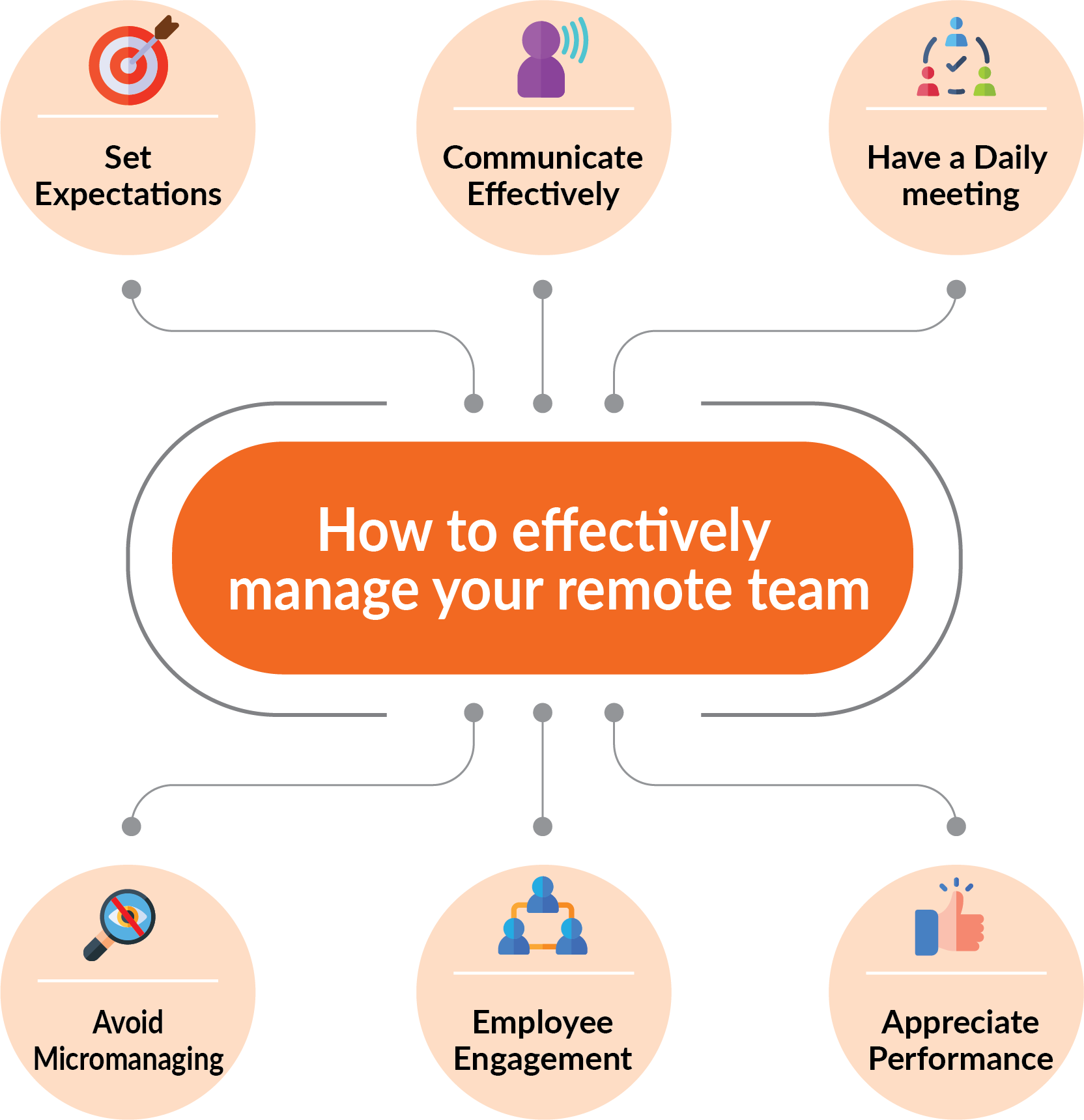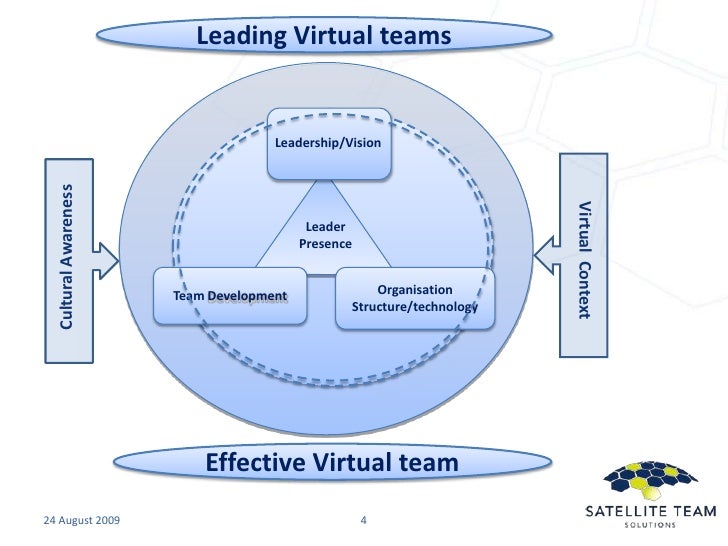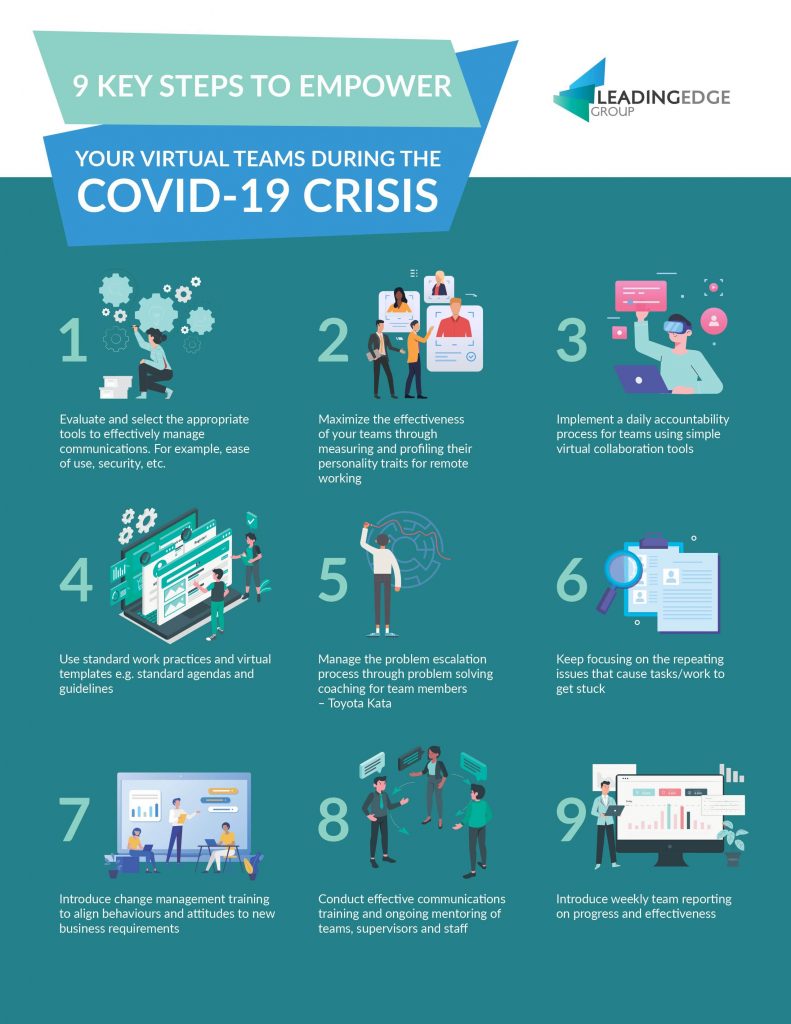Leading And Managing Virtual Teams

The modern workplace is increasingly distributed, with virtual teams becoming a cornerstone of organizational structure. This shift presents unique challenges and opportunities for leaders navigating this evolving landscape. Understanding the nuances of managing remote teams is crucial for maintaining productivity, fostering collaboration, and ensuring employee well-being.
The rise of virtual teams necessitates a fundamental rethinking of traditional management practices. Effective leadership in this context hinges on clear communication, trust-building, and a deliberate focus on fostering a sense of connection among team members. Failing to adapt can lead to decreased engagement, reduced productivity, and ultimately, organizational setbacks.
Building Trust and Communication in Virtual Teams
Establishing trust is paramount when team members are geographically dispersed. Regular communication is key to building that trust. This involves using various channels – video conferencing, instant messaging, and email – to ensure everyone stays informed and connected.
According to a recent study by Gallup, employees who feel connected to their organization are more engaged and productive. Leaders must proactively create opportunities for virtual team members to interact, both professionally and socially, to nurture strong working relationships.
Open and honest communication is vital. Leaders must actively solicit feedback, address concerns promptly, and create a safe space for team members to share their thoughts and ideas. This fosters a sense of psychological safety, which is essential for collaboration and innovation.
Technology's Role in Virtual Team Management
Technology plays a crucial role in enabling effective virtual team management. Collaborative platforms such as Microsoft Teams, Slack, and Zoom provide the tools necessary for communication, project management, and knowledge sharing.
However, technology is only as effective as its implementation. Leaders must ensure that team members are properly trained on these tools and that they are used effectively to streamline workflows and enhance communication.
Furthermore, leaders should be mindful of digital fatigue. Encouraging breaks, setting clear boundaries for work hours, and promoting mindful use of technology are essential for preventing burnout and maintaining employee well-being.
Addressing Challenges and Fostering Engagement
Managing virtual teams presents unique challenges, including maintaining engagement, overcoming communication barriers, and ensuring equitable opportunities for all team members. Leaders must proactively address these challenges to foster a positive and productive work environment.
One common challenge is the potential for isolation. Leaders can combat this by fostering a sense of community through virtual social events, team-building activities, and regular one-on-one check-ins.
Another challenge is the difficulty in monitoring performance and providing feedback. Leaders must establish clear performance expectations, provide regular feedback, and use data-driven insights to track progress and identify areas for improvement. Performance management must be tailored to the virtual environment.
The Human Element: A Story of Adaptation
Consider the story of Sarah, a team lead who initially struggled to manage her newly virtualized team. Recognizing the need for a change, she implemented weekly video conferencing sessions dedicated solely to team members sharing personal updates and connecting on a human level.
She also started using a shared online whiteboard for brainstorming sessions, allowing everyone to contribute equally regardless of their location. Her team saw a significant increase in morale and productivity within a few months.
This example highlights the importance of adapting leadership styles to the virtual environment and prioritizing the human element to foster strong relationships and a sense of belonging.
Looking Ahead: The Future of Virtual Team Management
As remote work continues to gain traction, the ability to effectively lead and manage virtual teams will become even more critical. Organizations that invest in developing these skills will be better positioned to attract and retain top talent, foster innovation, and achieve their strategic goals.
The future of virtual team management will likely involve greater use of artificial intelligence (AI) and other technologies to automate tasks, personalize learning, and enhance communication. However, the human element will remain paramount.
Ultimately, the success of virtual teams hinges on strong leadership, a commitment to fostering a positive and inclusive work environment, and a willingness to adapt to the evolving needs of the modern workforce.


















